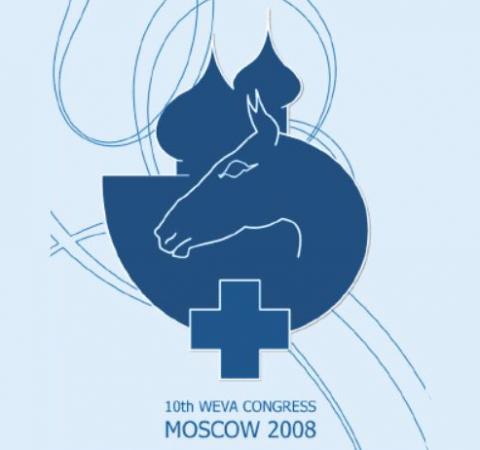Get access to all handy features included in the IVIS website
- Get unlimited access to books, proceedings and journals.
- Get access to a global catalogue of meetings, on-site and online courses, webinars and educational videos.
- Bookmark your favorite articles in My Library for future reading.
- Save future meetings and courses in My Calendar and My e-Learning.
- Ask authors questions and read what others have to say.
Artificial Insemination
Get access to all handy features included in the IVIS website
- Get unlimited access to books, proceedings and journals.
- Get access to a global catalogue of meetings, on-site and online courses, webinars and educational videos.
- Bookmark your favorite articles in My Library for future reading.
- Save future meetings and courses in My Calendar and My e-Learning.
- Ask authors questions and read what others have to say.
Read
A successful artificial insemination (AI) program depends upon:
STALLION
- a thorough examination for breeding soundness on the stallion being used confirmation that the stallion has semen of sufficient quality
- appropriate cooling and storage of the semen sample after collection
MARE
- a satisfactory breeding soundness examination
- the induction of an ovulatory oestrus
- the accurate prediction of ovulation
- correct timing of insemination relative to ovulation appropriate storage, thawing and handling of semen correct insemination technique
- post-insemination examination and treatments as required
- correct pregnancy diagnosis 14 to 16 days after insemination
It is important to ensure that the owner is aware that A.I. in the horse requires a high degree of technical input. At the initial contact with the mare owner it should be made clear that A.I. is not a cheap alternative to natural breeding.
It is vital that there is good communication at all times between the mare and stallion owner and the respective veterinarians.
For an AI program to be successful strict attention should be paid to health precautions and hygiene. Guidelines and National Codes of Conduct for Disease Control appropriate for your country to reduce the risk of disease transmission should be strictly adhered to. Each shipment of fresh or chilled semen has to be accompanied by documents with information on the stallion (identity and health status), the collection centre, collection date, shipment date and information about the semen quality and the number of sperm sent. [...]
Get access to all handy features included in the IVIS website
- Get unlimited access to books, proceedings and journals.
- Get access to a global catalogue of meetings, on-site and online courses, webinars and educational videos.
- Bookmark your favorite articles in My Library for future reading.
- Save future meetings and courses in My Calendar and My e-Learning.
- Ask authors questions and read what others have to say.




Comments (0)
Ask the author
0 comments